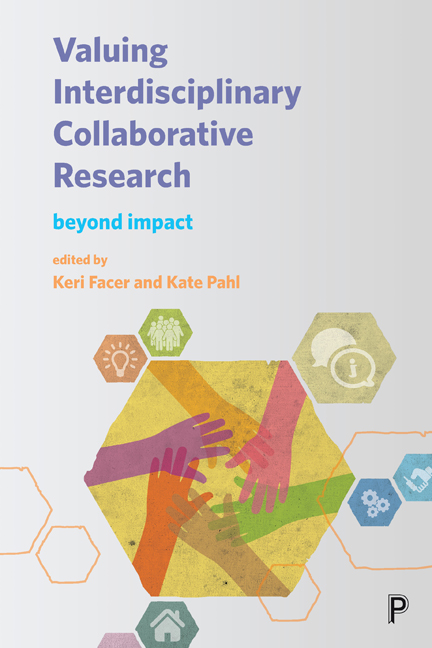Seven - Material legacies: shaping things and places through heritage
Published online by Cambridge University Press: 05 April 2022
Summary
Introduction: why do materials matter?
Historic research, by its very nature, questions old narratives and develops new ones. Material goods, taken out of circulation perhaps for decades, centuries or millennia, will re-enter society, receive new roles and have effects wildly different from those anticipated by their makers. The site of a former house or castle, once rediscovered, provides the impetus for a range of experiences that may change the worldview of a person or community. In heritage – by which we mean the process of being involved with the past – communities make links between past, present and future through encountering materials in different forms. Heritage thus provides a particularly good field for exploring how ‘the material’ matters in collaborative research.
On one level, we need to recognise that all life is of course material and that it happens within places and landscapes. Archaeologist Ian Hodder describes the ‘entanglement’ of humans and things, which are forever making and being made by each other. He writes: ‘humans get caught in a double bind in relation to things since they both rely on things (dependence) and have to reproduce things they have made (dependency)’ (Hodder, 2012: 112). We make things, and so we have to go on making things. That these human-thing interdependent relations happen in places, and that such places matter, is also fundamental (Casey, 1996). Places are the very grounds in which life, including social and cultural life, happens. When we consider materials in the legacies of collaborative research, we need to acknowledge the constant interaction between people, things and places.
In the particular cultural world of the professional heritage sector and parts of academic heritage studies, however, the ‘material’ world is frequently divided from the non-material with reference to the ‘tangible’ and ‘intangible’. The recognition by UNESCO in 2003 that heritage could take the intangible forms of performance, ritual, voice and movement was a shift from a preservationist discourse focused on historic sites and objects. The way was opened towards valuing contemporary cultural practices and performances along with the means by which they persist through time. While this is clearly important, the problem is that materiality (that is the quality of being material) becomes associated with just the monumental and the iconic (Smith, 2006).
- Type
- Chapter
- Information
- Valuing Interdisciplinary Collaborative ResearchBeyond Impact, pp. 153 - 172Publisher: Bristol University PressPrint publication year: 2017



